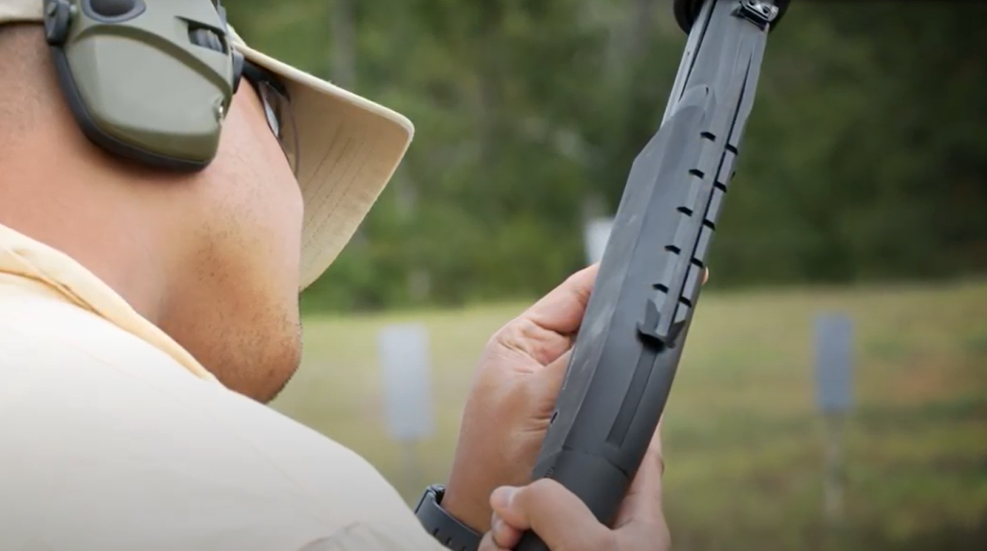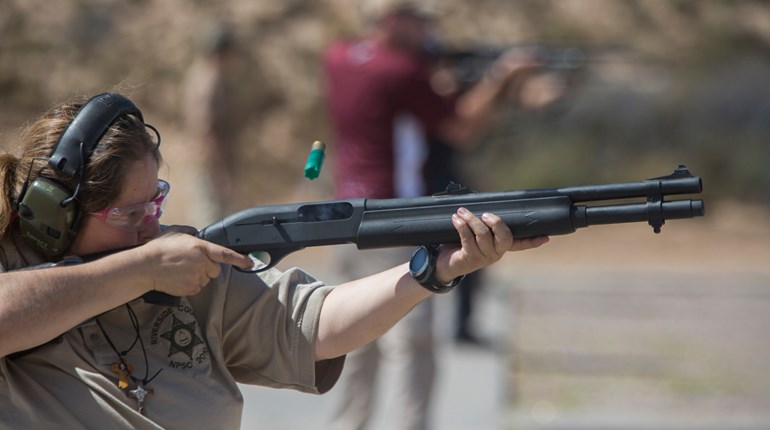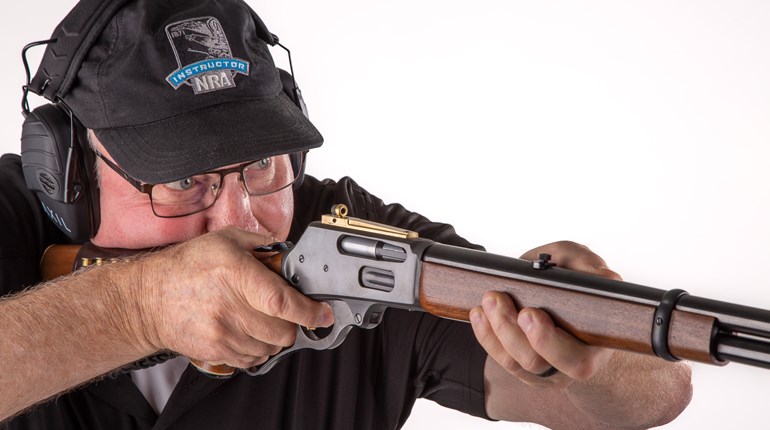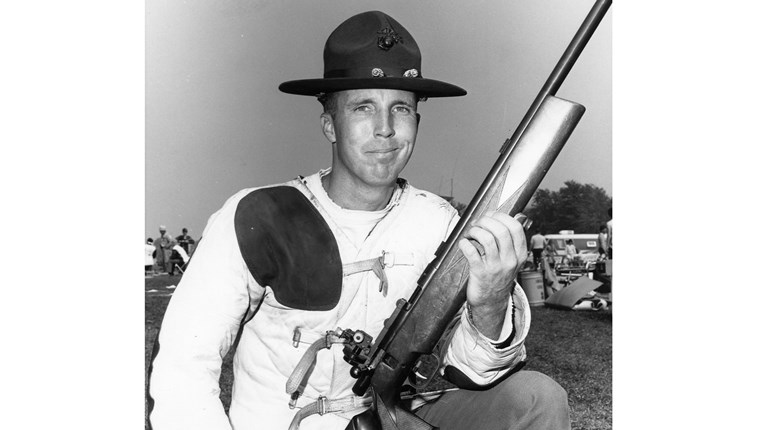
There is something magical—even jaw-dropping—about watching a good pistol shooter put a bullet in the middle of the target at 25 yards, 50 yards or longer! To have that lifetime of fun with firearms, you FIRST must ALWAYS follow the NRA’s Gun Safety Rules. The NRA’s Gun Safety Rules are simple, easy to follow and will keep you out of trouble.
Rule No. 1: ALWAYS keep the gun pointed in a safe direction. If the gun is always pointed in a safe direction and you pull the trigger by accident or the gun malfunctions and fires, no one will get injured. Property damage is embarrassing and costly, but is better than someone being injured.
This rule also includes guns used in training exercises. How you train has a direct effect on how you perform! Rules 2 and 3 give you a great deal of flexibility depending on whether you are shooting recreational or conventional pistol, or hunting.
Rule No. 2: ALWAYS keep your finger off the trigger until ready to shoot. Examples are: A recreational shooter gets their grip with their trigger finger straight and outside the trigger guard. As the recreational shooter raises the pistol to the target, their trigger finger moves inside the trigger guard and starts taking up the slack in the trigger. When the recreational shooter lowers the pistol, their trigger finger is moved outside the trigger guard and placed alongside the pistol. A conventional pistol shooter (shooting only using one hand) gets their grip with their trigger finger inside the trigger guard.
Like the recreational, the conventional shooter is taking up the slack in the trigger when they raise the pistol and starting their trigger pull as they settle towards the target to maximize breath and hold control. The difference between the two is that when the conventional shooter lowers the pistol, they keep their finger in contact with the trigger.
Rule No. 3: ALWAYS keep the gun unloaded until ready to use. "Use" is directly related to how you are planning to use your firearm. Examples are that recreational and conventional pistol shooters will load after the command to load is given by the range officer. A hunter loads according to the state’s hunting regulations. A person carrying concealed loads before they leave home, so their firearm is ready to use in an emergency.







































